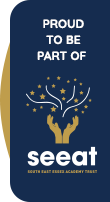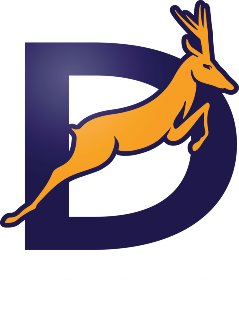iMedia
Year 10 Curriculum plans
| Term | What are we learning? | What Knowledge, Understanding and Skills will we gain? | What will excellence look like? | How will these be assessed? |
|
Autumn |
R093 - Creative iMedia in the media industry. In this unit learners will be taught about the media industry, digital media products, how they are planned, and the media codes which are used to convey meaning, create impact and engage audiences. |
Learners will gain knowledge in media industry sectors and products, They will understand audience demographics and segmentation and know how to create a work plan and documentation to support idea generation. |
Learners will be able to recognise different elements of the media industry as well as Factors influencing product design learners will be able to produce Pre-production planning documentation and know and understand the distribution considerations. |
This unit is assessed through an examination lasting 1 hour 30 minutes |
|
Spring |
R094 - Visual identity and digital graphics In this unit learners will be taught how to develop visual identities for clients and use the concepts of graphic design to create original digital graphics to engage target audiences. |
Learners will use techniques to plan visual identity and digital graphics. They will use tools and techniques to create visual identity and digital graphics. Learned will develop their technical skills to source, create and prepare assets for use within digital graphics. |
Learners will be able to develop a visual identity and plan digital graphics for products including the creation of visual identity and digital graphics. |
This is assessed through an OCR-set assignment and will take approx. 10 hours to complete. |
|
Summer |
R096 - Animation with audio
|
Learners will learn about different animation styles and the techniques that are used to create them. Learners will be learn about the software used for animation and how to add sound and special effects. |
Learners will be able to plan and create an animation with audio and then be able to review the animation with suggested improvements. |
This unit is assessed through an OCR-set assignment and will take approx. 12-14 hours. |
Year 11 Curriculum plans
| Term | What are we learning? | What Knowledge, Understanding and Skills will we gain? | What will excellence look like? | How will these be assessed? |
|
Autumn |
R096 - Animation with audio pre production planning. |
Learners will be taught about the pre-production and planning documentation and techniques for animation with audio. Techniques to obtain, create and manage assets and techniques used to create animation with audio. |
Learners will be able to produce documentation for the planning of their animation with audio and will be able to obtain and manage their assets and show where they were sourced. |
This unit is assessed through an OCR-set assignment and will take approx. 12-14 hours. |
|
Spring |
R096 - Animation with audio pre production planning. |
Learners will be taught the techniques to save and export animation with audio and work on their NEA assessment. |
Learners will produce an animation that will meet the criteria of the design brief set by the exam board. Learners will be able to show good planning skills and design considerations for the target audience. Learners will produce the animation and add sound and be able to manage their assets. |
This unit is assessed through an OCR-set assignment and will take approx. 12-14 hours. |






